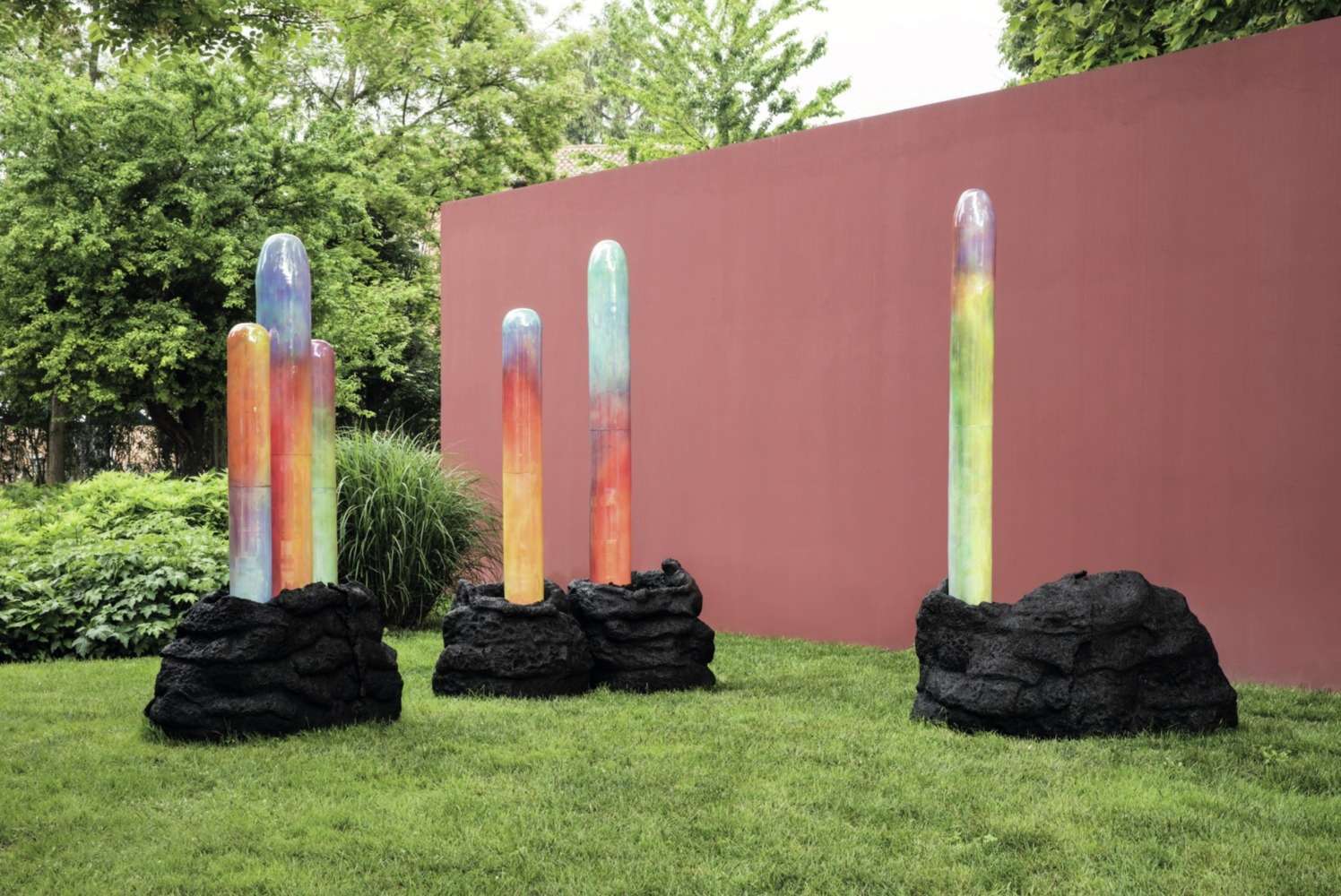Today, in a world full of conflicts and shocks, art bears witness to the most precious part of what makes us human. Art is the ultimate ground for reflection, individual expression, freedom, and for fundamental questions. Art is the favourite realm for dreams and utopias, a catalyst for human connections that roots us both to nature and the cosmos, that elevates us to a spiritual dimension. Art is the last bastion, a garden to cultivate above and beyond trends and personal interests. It stands as an unequivocal alternative to individualism and indifference. It builds us up and edifies us. At a time of global disorder, art embraces life, even if doubt ensues inevitably. The role, the voice and the responsibility of the artist are more crucial than ever before within the framework of contemporary debates. It is in and through these individual initiatives that the world of tomorrow takes shape, which though surely uncertain, is often best intuited by artists than others.
VIVA ARTE VIVA is an exclamation, a passionate outcry for art and the state of the artist. VIVA ARTE VIVA is a Biennale designed with artists, by artists and for artists, about the forms they propose, the questions they ask, the practices they develop and the ways of life they choose.
Rather than broaching a single theme, VIVA ARTE VIVA offers a route that moulds the artists’ works and a context that favours access and understanding, generating connections, resonances and thoughts. The journey unfolds over the course of nine chapters, or families of artists, beginning with two introductory realms in the Central Pavilion, followed by another seven across the Arsenale through the Giardino delle Vergini. Each chapter represents a Pavilion in itself, or rather a Trans-Pavilion as it is trans-national by nature but echoesthe Biennale’s historical organisation into pavilions, the number of which has never ceased to grow since the end of the 1990s. This semantic nod addresses the often debated relevance of the national pavilions, whilst going beyond it, as each chapter mixes artists of all generations and origins. There is however, no physical separation between the various pavilions, which flow together like the chapters of a book. From the Pavilion of Artists and Books to the Pavilion of Time and Infinity, these nine episodes tell a story that is often discursive and at times paradoxical, with detours that mirror the world’s complexities, a multiplicity of approaches and a wide variety of practices. The exhibition is intended as an experience, an extrovert movement from the self to the other, towards a common space beyond the defined dimensions, and onwards to the idea of a potential neo-humanism. This movement of the self towards the unknown, where experience and speculation are at the forefront is in and of itself a response to a conservative environment, defying bias, distrust and indifference.
VIVA ARTE VIVA also seeks to convey a positive and prospective energy, which whilst focusing on young artists, rediscovers those passed away too soon or those who are still largely unknown despite the importance of their work. These discoveries and recoveries give way, in each pavilion, to a communion of artists from several generations, offering perspectives on questions that were often broached as early as the 1960s and specially the 1970s. These issues are revisited by artists in today’s world of constant anthropological and societal change. The artists’ interpretations hinge on forms that reflect the concerns of the civil society. After all, art may not have changed the world, but it remains the field where it can be reinvented.
Curator: Christine Macel
